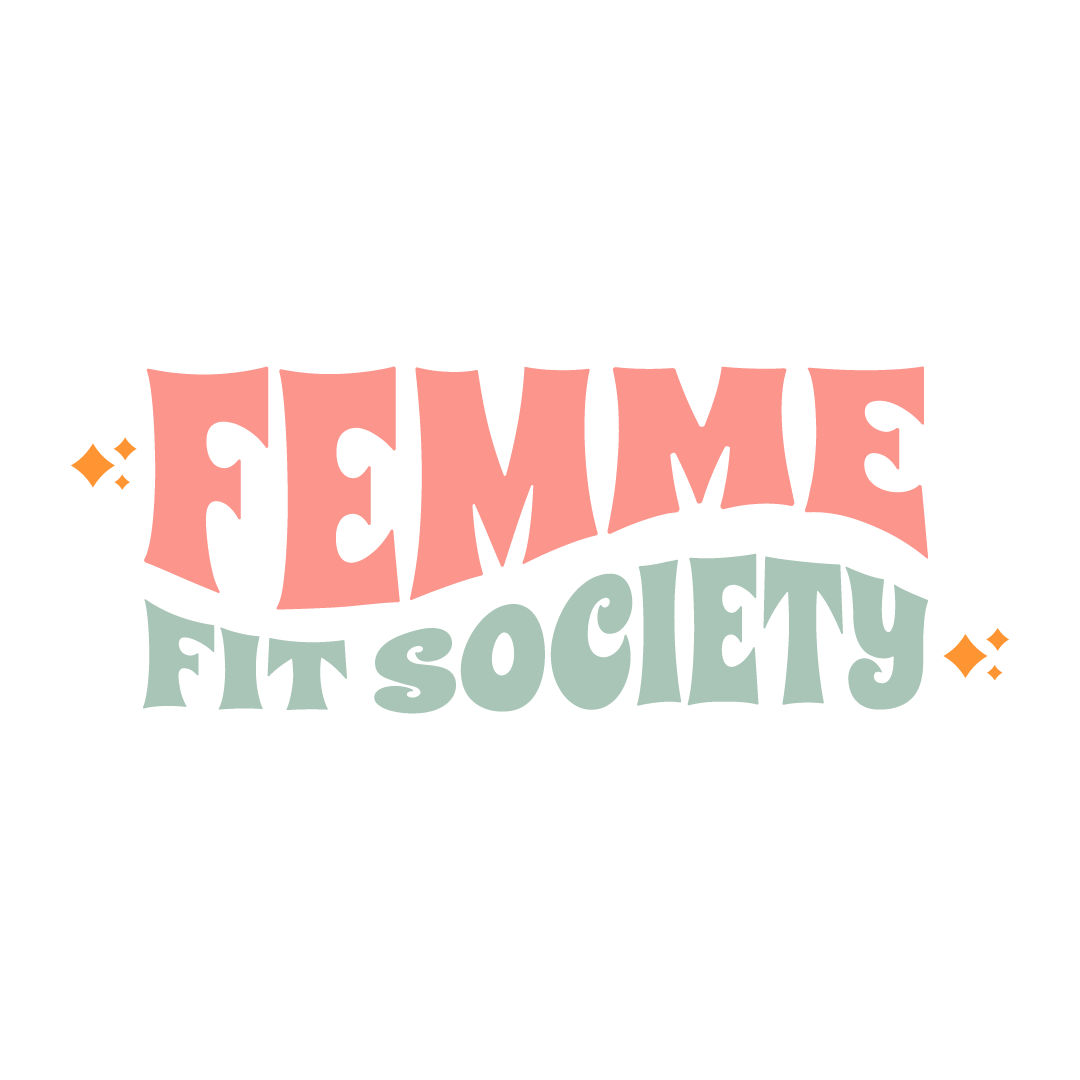Should I Train Specific Muscle Groups Or Total Body?
The common debate in the fitness world: should you train specific muscle groups, or total body for the maximum results? While I’d love to give you a concrete answer of which is better, the truth is far less fun: it depends.
However, let’s talk about each option and the benefits so you can make an informed decision for your workout routine!
Training Specific Muscle Groups
This approach to training involves isolated exercises to target specific muscle groups (shoulders, biceps, quads, etc.) and focusing on the body in sections.
Some pros of training specific muscle groups are:
Targeting your development: this method is preferred by bodybuilders and those training for aesthetic purposes. If you want to grow and sculpt specific muscle groups, then focusing on those groups makes sense!
Recovery focused: if you aren’t training your entire body each session, this allows for recovery between sessions so you aren’t overusing certain muscles and can allow them to properly rest.
Customizable progression: you can adjust your intensity and resistance for each individual muscle group. Have stronger shoulders than legs? You can adjust so that it is equally as challenging for each group.
Now here are some of the cons:
Training each specific muscle group involves a larger time commitment than training the total body, so you better have some time to spend in the gym!
Focusing exclusively or too much on specific muscle groups can cause imbalances and allow you to ignore muscle groups that you might not enjoy training, but should be including.
Total Body Exercises
Training the total body involves exercises that engage multiple muscle groups at one time in the same training session.
Some of the pros of total body exercises are:
Efficiency: this is a great option for those looking to workout as quickly as possible and take up as little time as possible, while still being effective and hitting all muscle groups.
Higher calorie burn: using compound exercises like a deadlift, squat, push-up, etc. can help you burn more calories during a training session, aiding in body fat loss, if that is the goal.
Functional fitness: using multiple muscle groups for exercises mimics the movements we all use in our everyday lives. This is a more functional method of training, and translates into regular daily tasks becoming easier.
The cons to total body training are:
More demanding on your body, and requires more recovery time to allow muscles to rest and rebuild.
Total body training is effective for general fitness and strength goals, not for aesthetic goals or sculpting specific muscle groups.
Finding balance
Ultimately, choosing which training method is better depends on a few things:
How much time do you have to dedicate to training?
What are your fitness goals?
How does your body recover?
The best way to determine if something works for you is to try it! Do a week of targeting specific muscle groups, and then a week of total body workouts. See which works better for you from a schedule, physical, and goal perspective. Never forget that the best workout routine is one that you enjoy and can complete.


